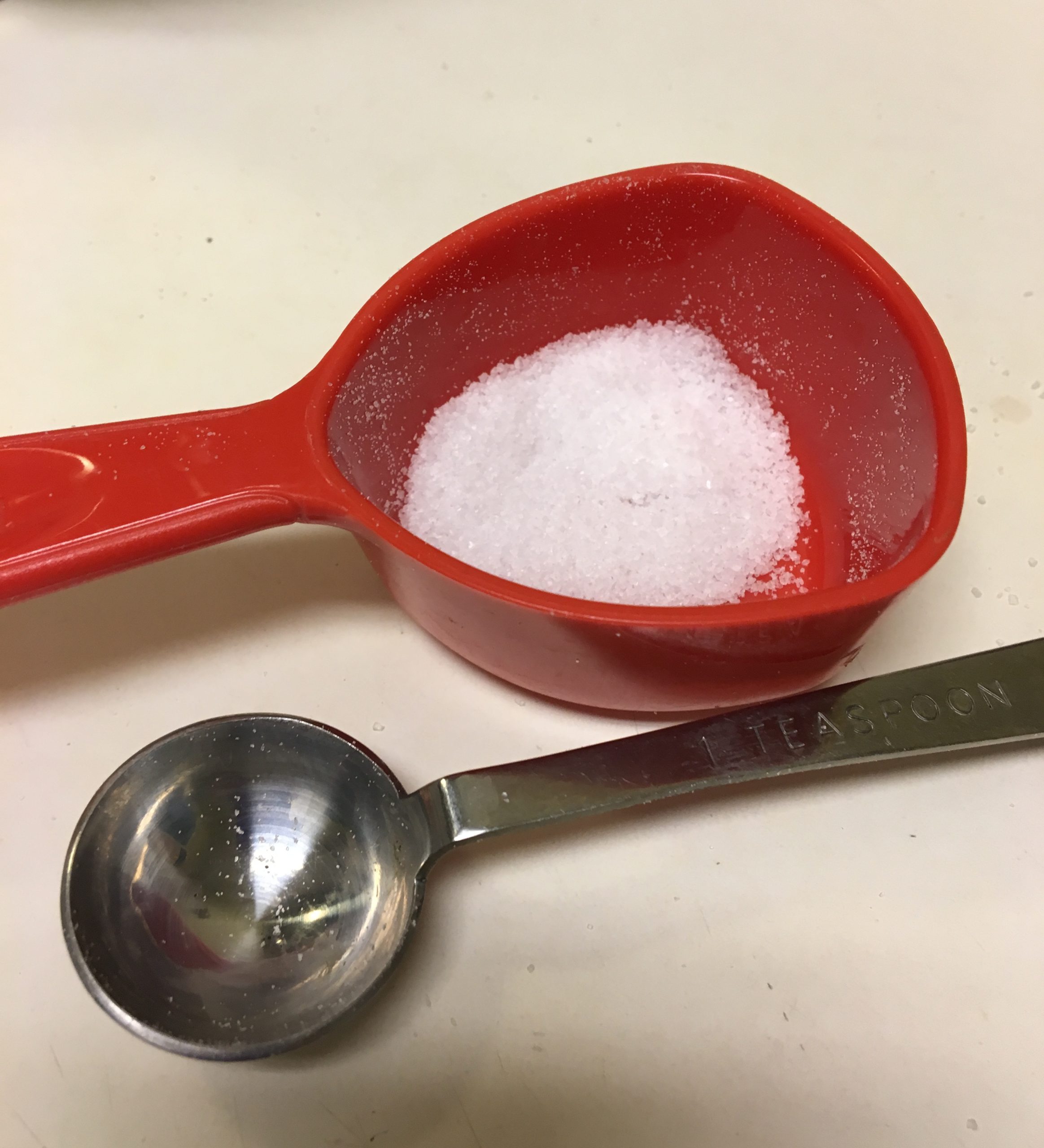At the time of the Roman Empire, when salt was a rare and precious commodity, soldiers were given a “salarium”, or an allotment with which to buy salt. Today’s wages, alas, buy way too much of the stuff, with the average adult consumption a whopping 3,400 mg a day. According to the FDA, the upper limit of daily salt consumption should not exceed 2,300 mg, and the American Heart Association recommends no more than 1,500 mg.
For most people, the excessive salt load does not come from a heavy hand with the salt shaker at the dinner table, but from packaged food products. “Healthier” meal choices tend to have around 500-600 mg sodium per serving; some of the others can exceed 5,000 mg per serving . . . in other words, several days’ worth of salt in one meal. Notoriously high sodium products include lunch meats, canned soups and spaghetti sauces.
The chronic over-consumption of salt, sugar and fat comes at the price of our health, our most valuable asset. Most shockingly, young children growing up on “convenience foods” are now suffering the diseases of old people, like kidney disease and diabetes. I am not willing to pay that price for convenience, and neither should you.
